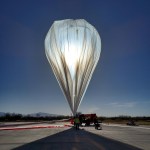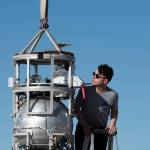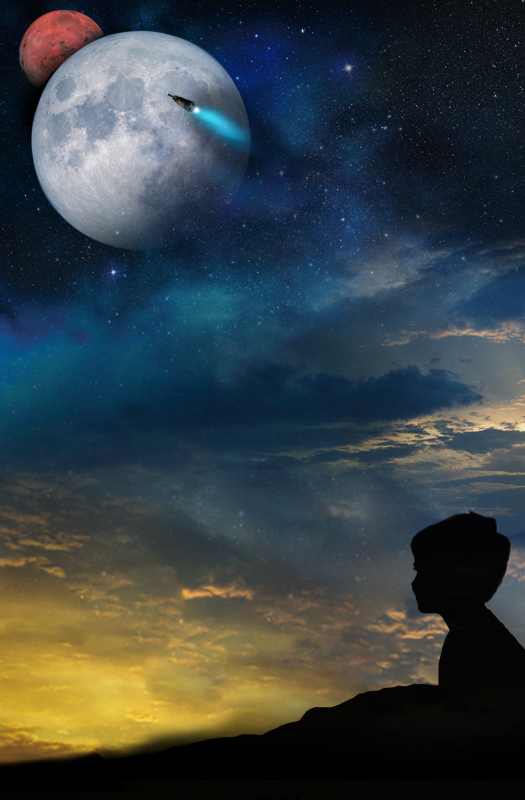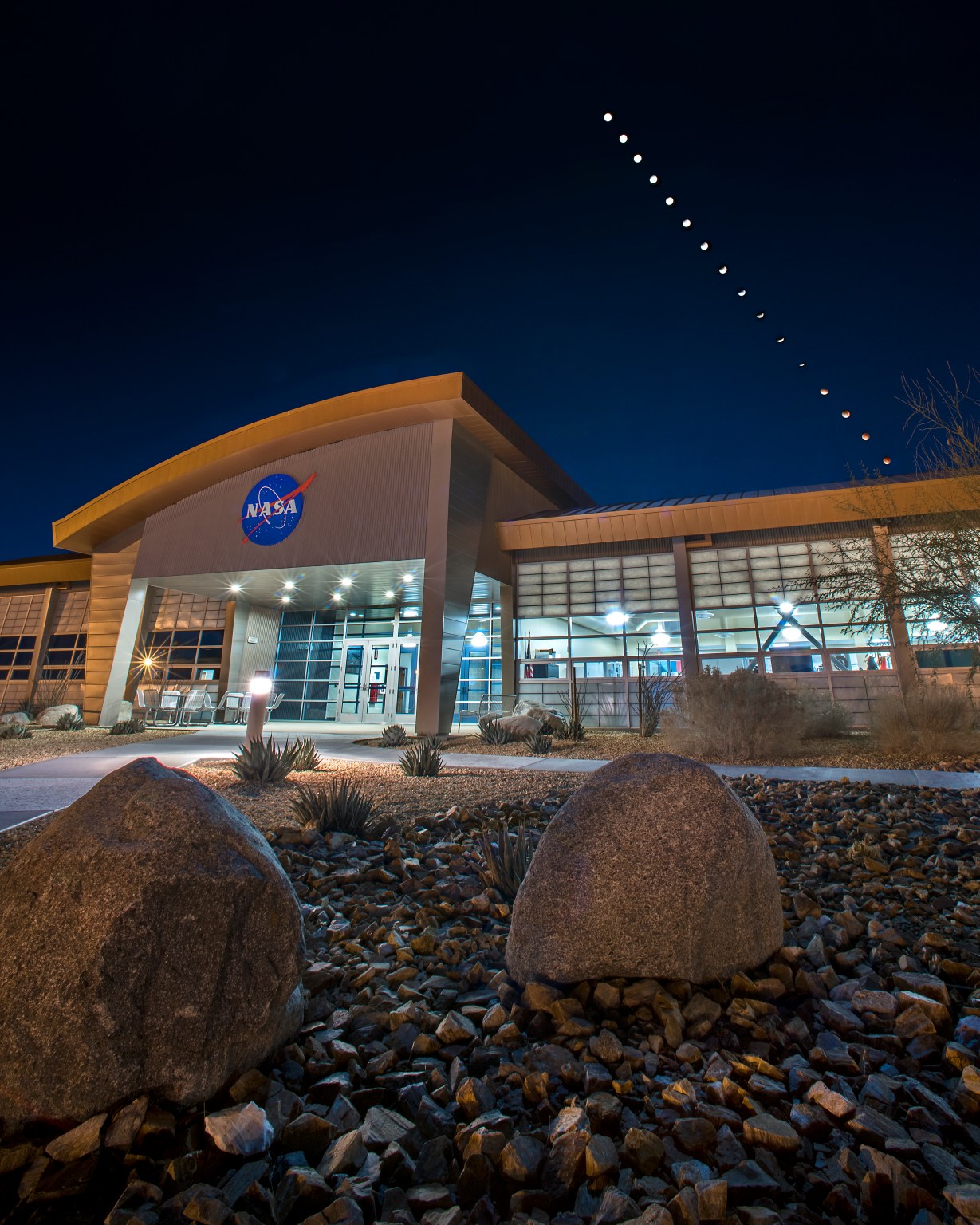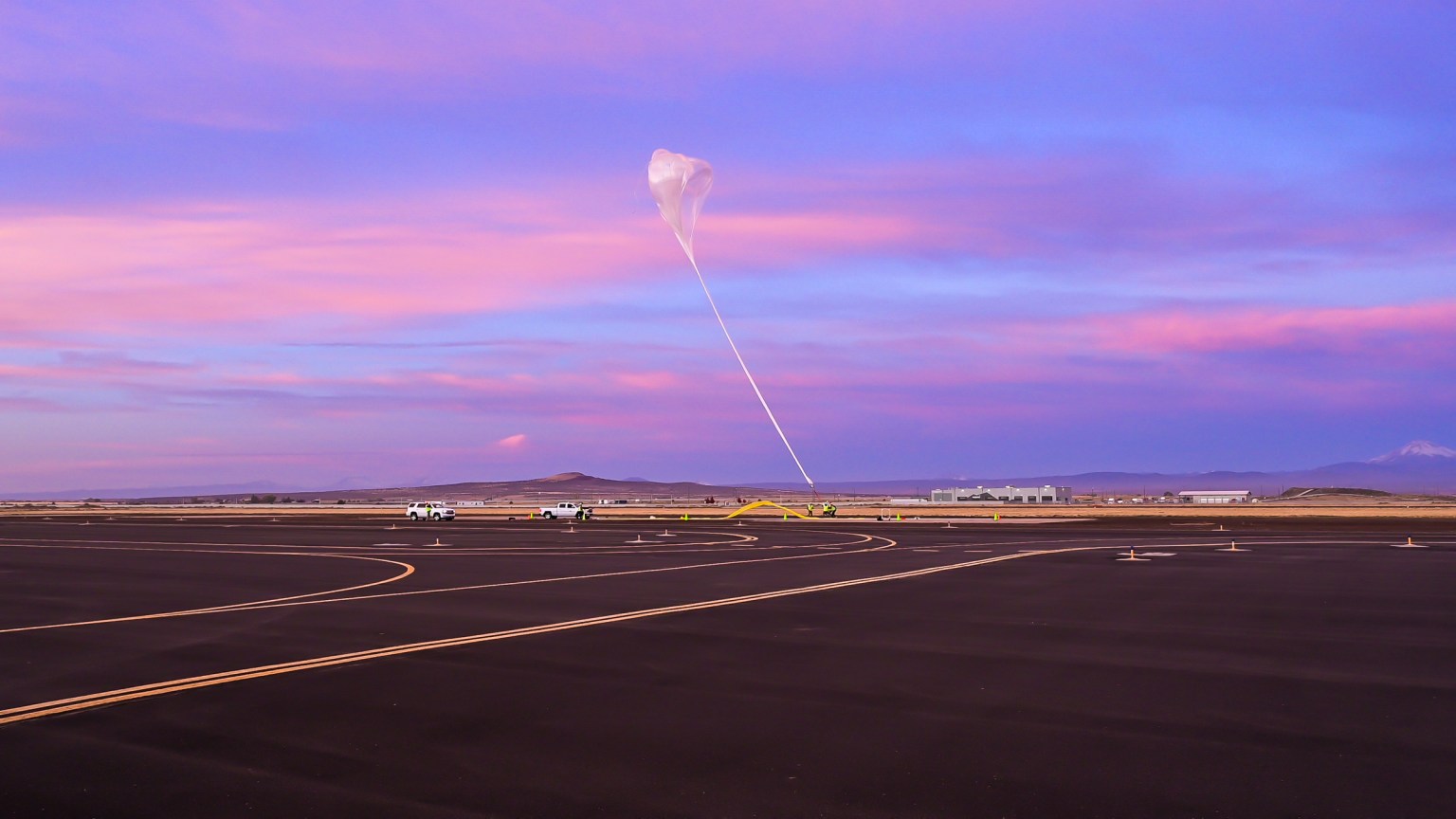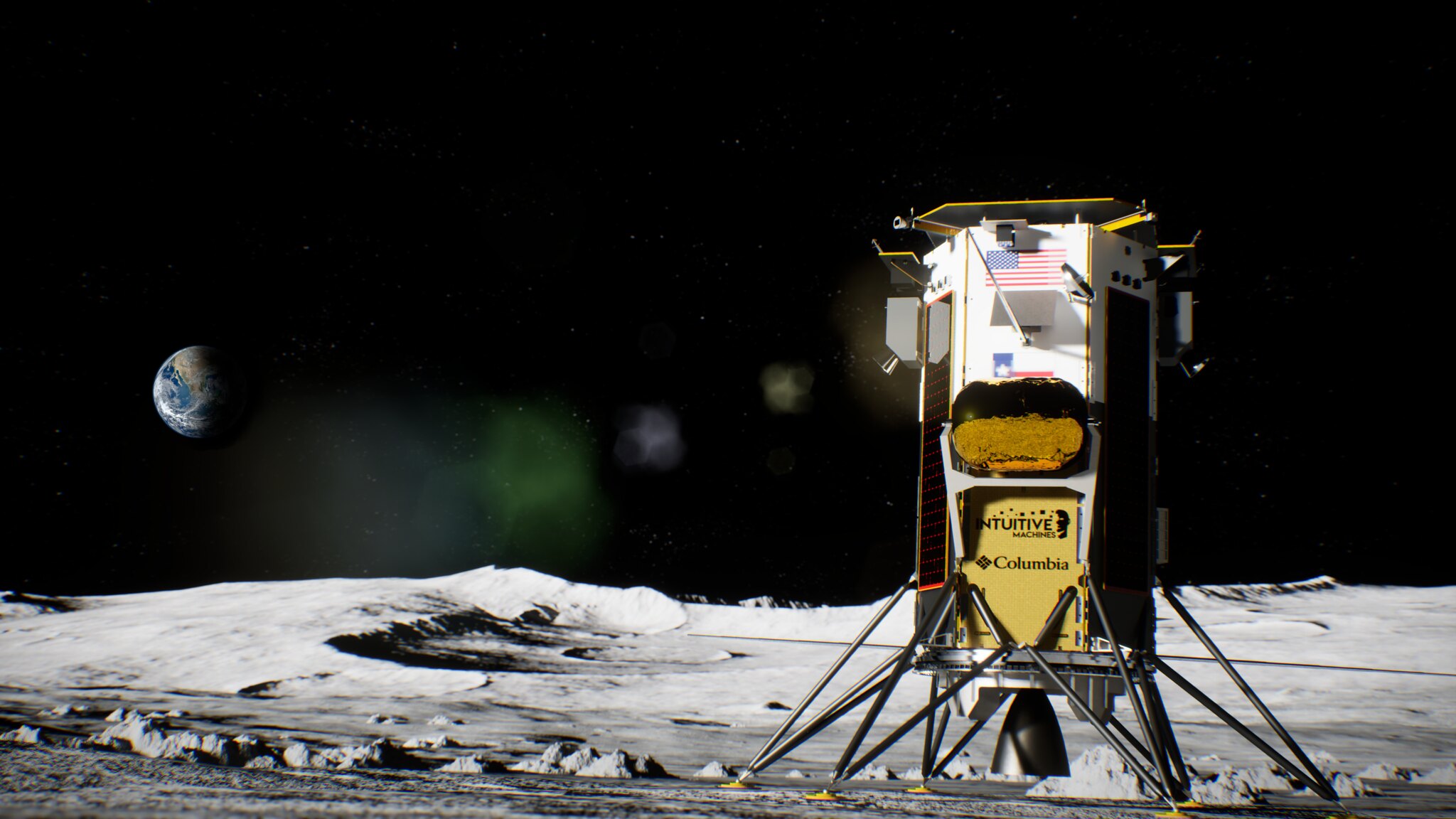Thanks in part to flight testing through NASA’s Flight Opportunities program and further tests at NASA’s Armstrong Flight Research Center in Edwards, California, Virginia-based Psionic company is putting a commercial spin on NASA-developed technology.
NASA’s Navigation Doppler Lidar (NDL) technology was developed at Langley Research Center in Hampton, Virginia, with support from the agency’s Space Technology Mission Directorate (STMD). The NDL technology uses lidar (light detection and ranging) to determine a spacecraft’s exact velocity and position to enable a soft landing at a desired location on a planetary surface.
In 2016, Psionic licensed the NDL technology from NASA and has now created a miniaturized version with added functionality and component redundancies to make it more rugged for spaceflight. Future versions will include terrain contour matching for increased accuracy.
In addition to working with NASA to flight test their commercial product for space applications, Psionic is applying the technology to defense, industrial, and consumer markets.
Background
Dr. Farzin Amzajerdian of NASA’s Langley Research Center had the initial idea to use lidar rather than radar for navigation and began the development of the NDL concept in 2006. As an engineering director at NASA Langley, Steve Sandford tracked the development of the NDL technology. After retiring from NASA, Sandford formed Psionic in Hampton, Virginia. In 2016, he worked with NASA’s Technology Transfer program to exclusively license the NDL technology. Psionic also entered into a Space Act Agreement to leverage NASA facilities and expertise while developing its commercial version of the technology for uses on Earth as well as maturing it for space applications such as lunar landings. Additionally, Psionic received development support from STMD through its Small Business Innovative Research (SBIR) program and Tipping Point initiative.
Both Psionic and NASA continue to evolve and advance the NDL technology for lunar missions.
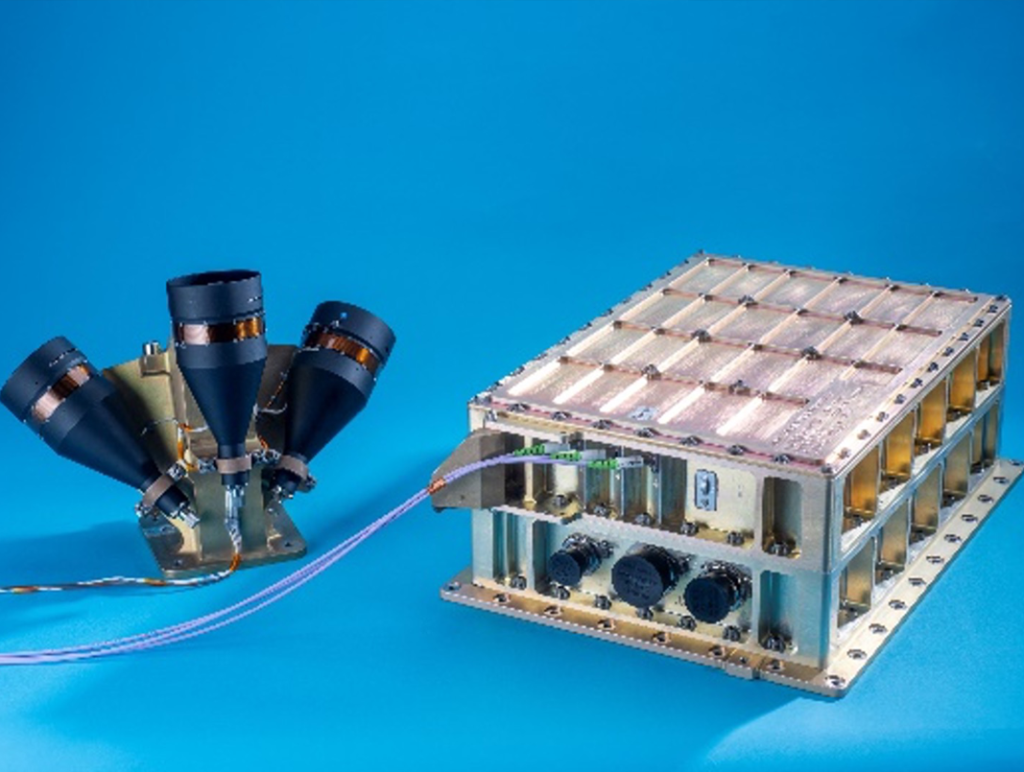
Flight Opportunities Tests
Flight Test: Sep. 10, 2020
During a flight test supported by Flight Opportunities, Psionic’s version of NASA’s NDL flew on Astrobotic’s (then Masten Space Systems) Xodiac vertical takeoff vertical landing system in Mojave, California. The flight simulated maneuvers of a lunar lander, which enabled testing of NDL’s transmission of laser beams to the ground and back to provide information about the lander’s velocity and distance relative to the ground.
The flight test helped Psionic validate their algorithms and data processing to verify the accuracy of these measurements. The company also continued research and development on variations of the NDL technology, such as using an additional laser beam and other new components.
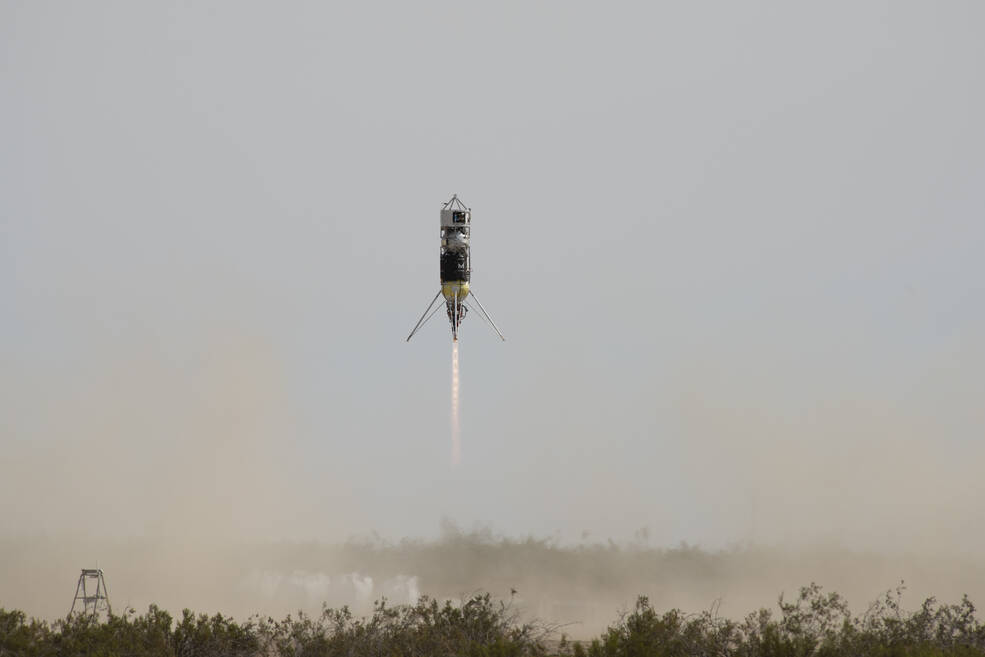
NASA Armstrong Tests
Flight Test: Feb. 20-24, 2025
Five years after initial testing on a rocket system, Psionic’s NDL system was flight tested at NASA’s Armstrong Flight Research Center in Edwards, California, on an F/A-18 Hornet aircraft. Traveling up to the speed of sound over Death Valley, the technology was subjected to several highly dynamic maneuvers to collect navigation data at various altitudes, velocities, and orientations relevant for lunar and Mars entry and descent.
These flight tests demonstrated the system’s accuracy and navigation precision in challenging conditions, helping prepare the technology to land robots and astronauts on the Moon and Mars.
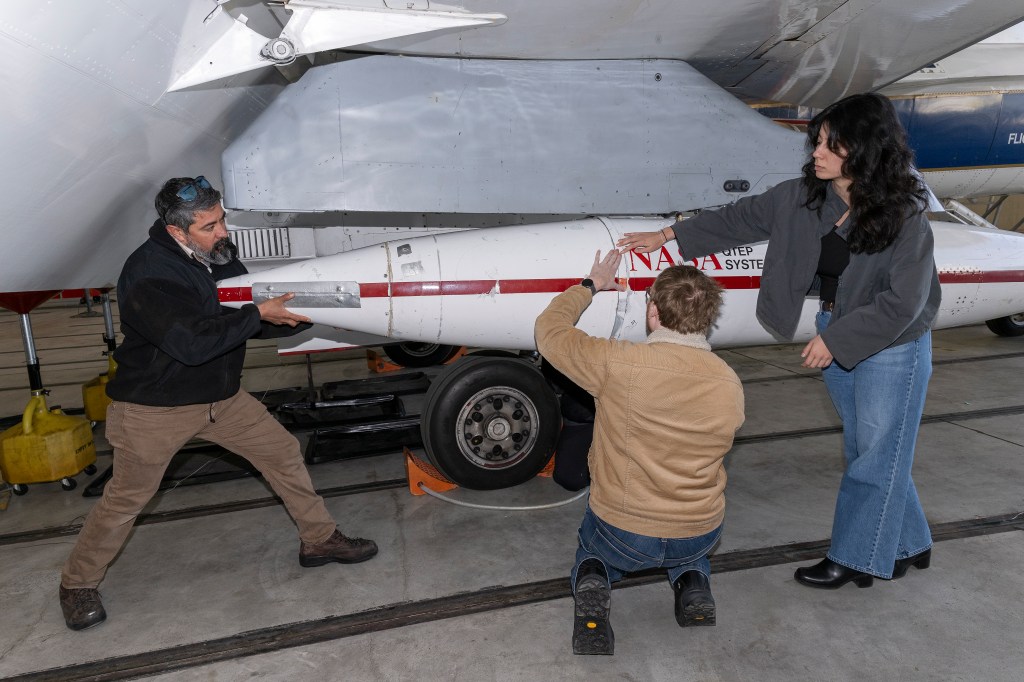
Future Uses
Doppler lidar sensors provide highly accurate speed calculations by measuring the frequency shift between the laser light emitted from the sensor to the ground and reflected back to the system. Because lidar are extremely useful in challenging lighting conditions such as the lunar South Pole that may have long shadows and stark contrasts, space companies are exploring applications of the technology for rendezvous and proximity operations as well as precision landing on the Moon and other planetary bodies. For example, the Psionic technology was selected for use on a docking mechanism on Axiom Space’s planned commercial space station.
In addition to space applications that include lunar and Martian landers and rovers, Psionic has customers in the automotive industry using the technology to aid in both navigation and collision avoidance for self-driving systems for cars. Psionic’s defense customers are using the adapted technology to reduce the impact on landing aircraft and improve the safety of in-air refueling.
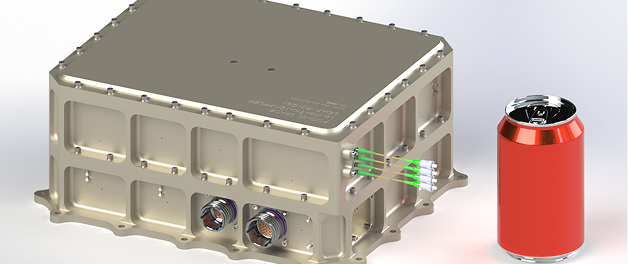
Additional Psionic NDL Information

The Sky’s Not the Limit: Testing Precision Landing Tech for Future Space Missions
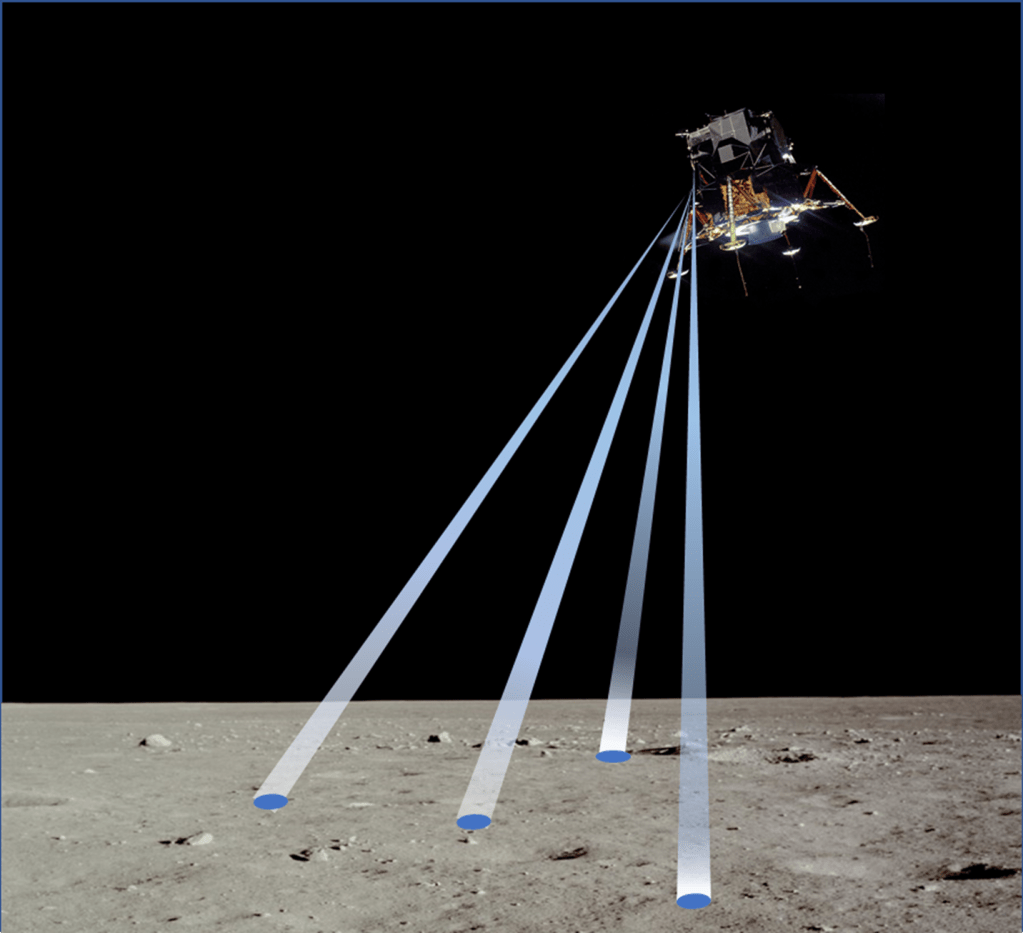
Lander Simulation Testing Helps Advance NASA Navigation Spinoff
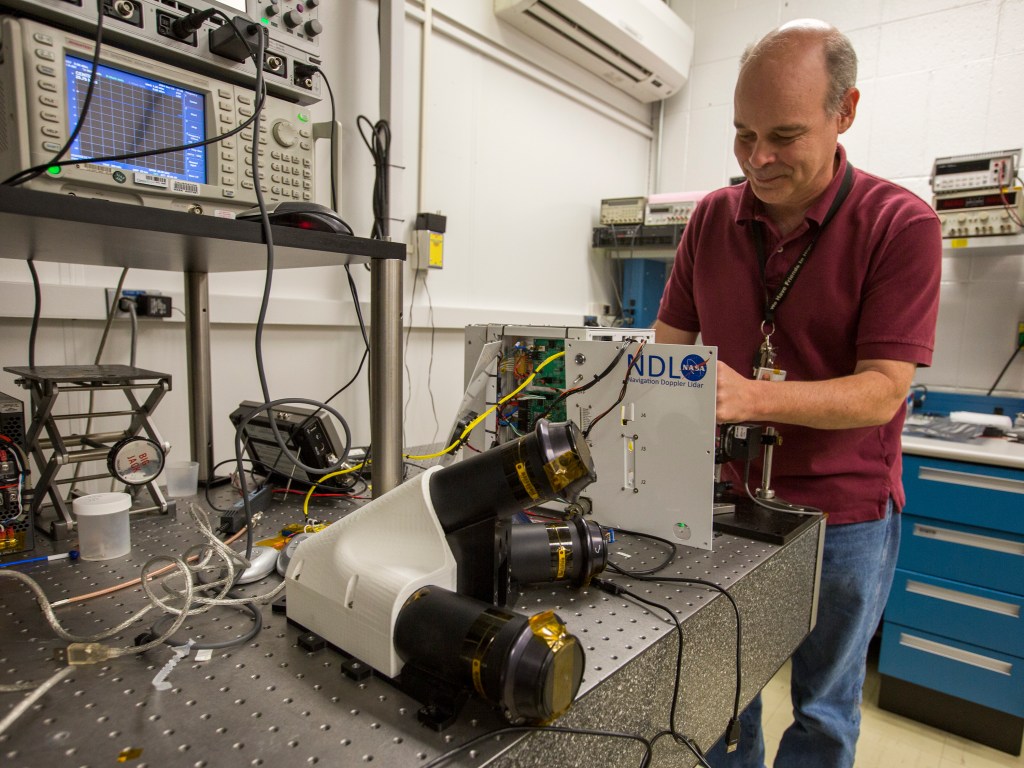
Winning NASA Technologies Land Spacecraft, Share Agency Innovations
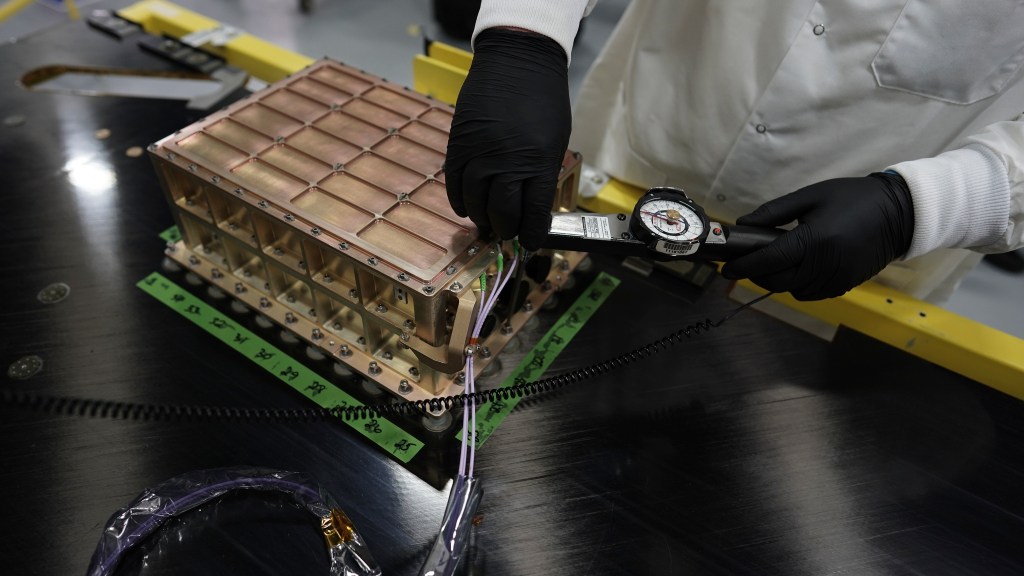
Impact Story: Navigation Doppler Lidar
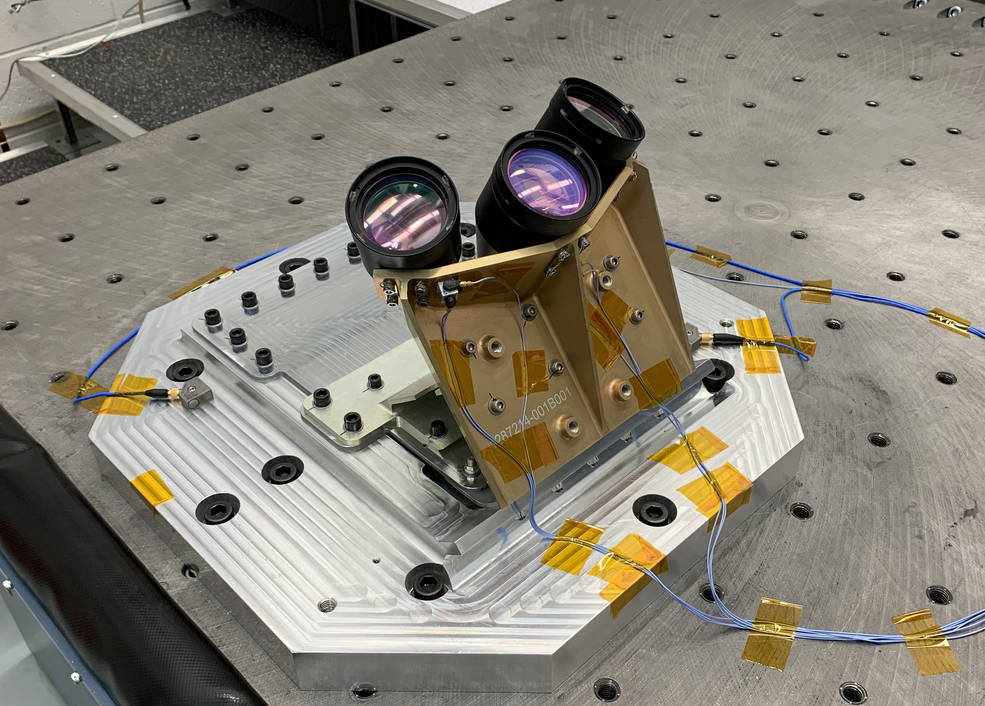
Technology Developed for Lunar Landings Makes Self-Driving Cars Safer on Earth






























